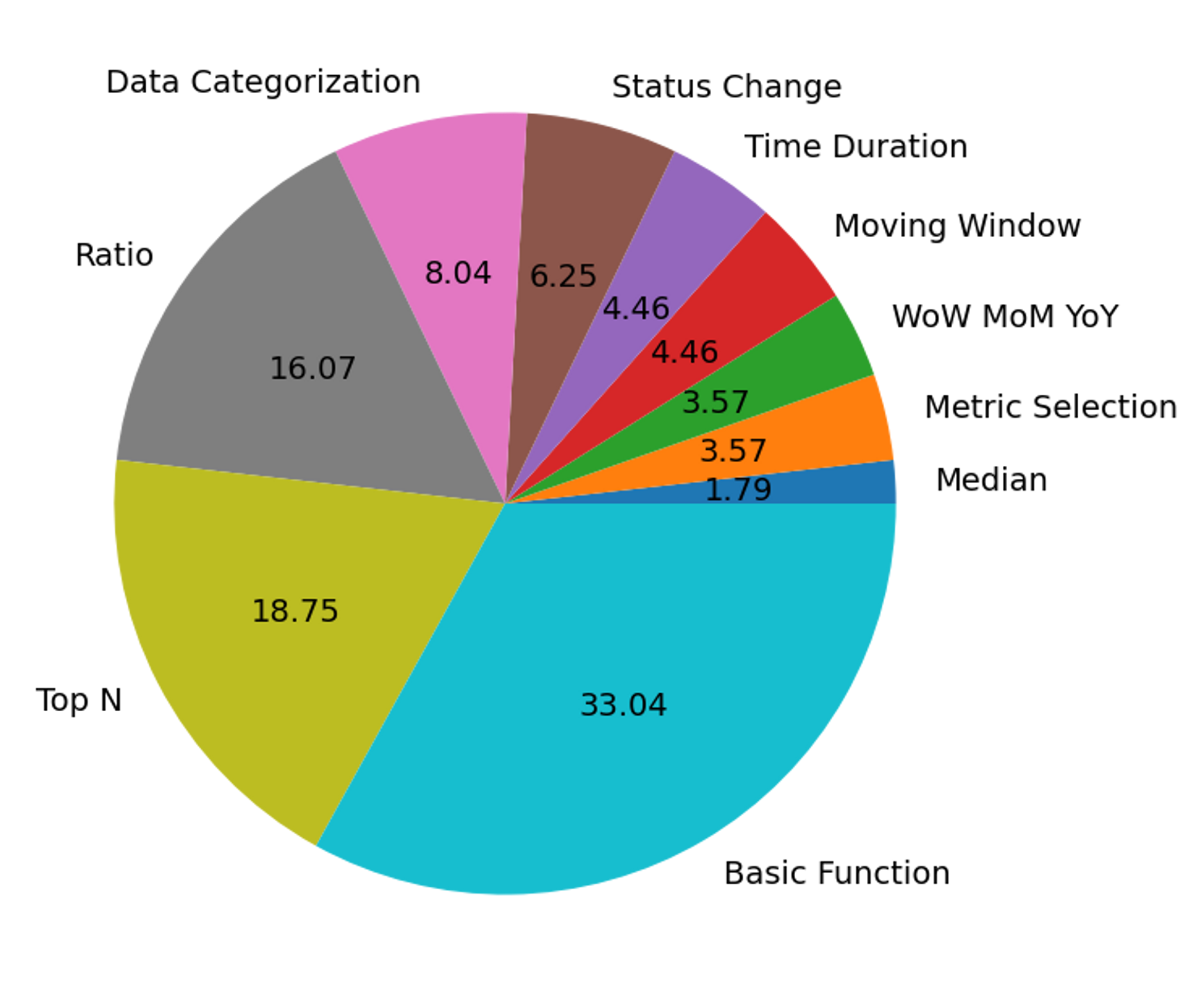Data Science Interviews 2023: How to Prepare When Time Is Tight
Mar 17, 2023
Have you ever wondered how you can efficiently prepare for data science interviews when you have limited time?
People ask me this question a lot, so I want to devote an entire post to answering it. Before we get started though, if you prefer watching to reading, you can head to my YouTube channel and watch my video on this topic.
It’s challenging and overwhelming to prepare for everything in data science interviews. When you throw in a time limit as well, a lot of people simply don’t know what to do.
That’s why I want to share the data-driven method for interview preparation. It’s the method I use and the same one that I teach clients in my coaching program. It has proven helpful for both me and them in landing offers easier and more efficiently.
In this blog, I will reveal how the data-driven method works and why it can help make your interview preparation a lot easier. Make sure to read all the way to the end for access to a PDF with helpful notes!
(If you prefer watching to reading, feel free to check out my Youtube video on this subject!)
Why Do I Need the Data-Driven Method?
Before getting into how the data-driven method works, I want to make it a bit clearer what sort of problems the data-driven interview preparation method is meant to help with. If you are struggling with any of these 3 challenges then the data-driven method could prove very beneficial for you!
Challenge 1: Too Many Things to Learn
Preparing for data science interviews can be very overwhelming. There’s just so much to learn! It can feel like you will never learn everything you need to know to be fully ready.
Besides being overwhelming, the sheer amount of things to study can also cause some analysis paralysis. You may find yourself asking questions like:
- Should I prepare for behavioral interviews so that I can give a great self-introduction and project descriptions?
- Should I focus more on A/B testing because it appears so often?
In short, you find yourself endlessly wondering what subject deserves your attention the most.
Challenge 2: Each Topic Takes Time
Even if you are able to overcome the fear of how much there is to learn, you may soon run into another problem: every topic takes time to get good at. You can’t rush through everything and gain enough mastery to ace interviews.
Studying enough to achieve mastery is especially difficult for those with packed schedules. If you are working a full-time job and also have a family to take care of, it can feel like there is no way you will ever have enough time. Truthfully, even if you don’t have other pressing obligations, everyone’s time is limited in some way, so this is a challenge that all job seekers face.
Challenge 3: You Don’t Know When You Are Ready
Even if you do manage to start studying, the final problem a lot of people face is feeling ready. You can spend months studying and grinding on Leetcode and still not feel ready. How do you know if you have studied the right stuff? How do you know when you are finally ready?
Know Your Goal
If any of these challenges sound like something you’ve struggled with, how can we fix them? What would make interview preparation easier?
All three of these issues can be solved by knowing exactly what to study.
Think about it. If you knew precisely what to study, you wouldn’t waste time trying to decide what to focus on. You could also make better use of your time by only studying what you knew would appear in interviews, and you could feel confident going into interviews because you would know that you have prepared effectively. Showing up with confidence can even increase your chance of landing an offer!
Let’s look at a systematic method that can help you do just that!
The Data-Driven Method
The data-driven method is actually quite simple. It works by analyzing real interview questions and then categorizing the most frequently asked topics. This allows you to know exactly where to focus your time and energy so that your studying achieves the greatest coverage in the least amount of time.
Let’s look at how this works with a concrete example like an SQL interview.
After analyzing 150 interview questions from 30 companies, I created this chart that breaks down those questions into categories.

As you can see, the most common type of question that appears in SQL interviews is Basic Functions, which include things like Join, Group By, and Window Functions. These account for over 30% of questions you are likely to encounter in SQL interviews.
After that, the next large category is the Top N problem and then the ratio problem, which together make up over 34% of questions you are likely to encounter.
Why is knowing this helpful though?
With the data-driven approach, understanding the general question distribution tells you what to study. In this example, your studying should start with basic functions and then move on to cover Top N and ratio problems. With just that, your coverage of potential interview questions is fairly high, and you can then move on to studying the more advanced categories.
Now, how does this approach stack up to someone who spent weeks grinding questions on Leetcode or another SQL platform?
If they are just grinding questions they might end up mastering the basics but never even look at Top N or ratio problems, which would leave them missing a lot of what appears in interviews.
The problem is that they are doing a ton of practice but without understanding what they need to prepare for. They have spent a ton of time practicing, but they still can’t crack interviews because they lack coverage.
The data-driven method, however, is all about getting the most coverage in the least amount of time. The idea is to focus on categories that you know are likely to appear. Instead of trying to master everything, you focus on the largest category first and so on. Before you know it, you will have covered the majority of the interview in the shortest amount of time.
That Sounds Great But…
You may be thinking that while all of that sounds great, there is a problem. If you have to collect and organize all those interview questions, will you really be preparing efficiently? Isn’t that going to be very time-consuming?
Truthfully, yes. It does take a lot of time to collect, organize, and clean up different interview questions. It has taken me years to collect interview questions using my own interview experience, the experience shared by others, and online resources such as Glassdoor and Blind. It does take time to gather interview questions and find a pattern.
That’s why I want to help you out. In this PDF, I have included the distribution of statistics interview questions, machine learning interview questions, and behavioral interview questions. That should get you started on your preparation. The PDF also gives you some more notes about how to use the data-driven to ace interviews, so if you enjoyed this post, be sure to check it out!
Benefits of the Data-Driven Method
Before we wrap up, I want to take some time to lay out even more clearly the benefits of this method.
Benefit #1: Spend Time on What Really Matters
The data-driven method focuses on the most frequently asked questions first. That means you will be spending your time and energy on stuff that is most likely to appear in interviews.
It takes most people more than three interviews to land an offer, and what most people realize from doing multiple interviews is that fundamental concepts appear frequently. Lots of companies ask similar interview questions covering the fundamentals.
For example, statistics interviews typically ask about T-tests, and machine learning interviews often include questions about outliers and L1 and L2 regularization.
Because fundamental concepts appear so much in interviews, candidates that can demonstrate a strong mastery of the fundamentals often land offers even if they didn’t get every last question correct.
That’s why the data-driven method is so helpful. You don’t need to know everything to ace interviews, but you do want to show a deep overall understanding of the fundamentals, and the data-driven method shows you how to get that coverage without learning absolutely everything.
Benefit #2: Flexible with Time
The data-driven method is also great because it helps you structure even limited time wisely. If you only have a couple of weeks to prep, the data-driven method will make it clear what the most frequently asked questions are, so you can still achieve decent coverage with limited time.
If you have more time to study, you can then turn to the less frequently asked interview questions. That will increase your coverage for the interview and your chances of success.
However much time you have, being aware of the distribution of interview questions gives you the power to make the most of your time.
Final Thoughts
By now, I hope you are convinced that the data-driven method is truly beneficial and can help make your interview preparation more structured and efficient.
However, the problem still remains of how time-consuming it is to collect all those questions so that you can analyze the question category distribution. That’s why I again want to encourage you to check out this PDF with the data I’ve already collected on statistics, machine learning, and behavioral interview questions.
Besides that, make sure to keep an eye out for more posts about using the data-driven method for specific interviews as that is coming!
Thanks for reading, and I wish you the best of luck with your data science interview preparation!

